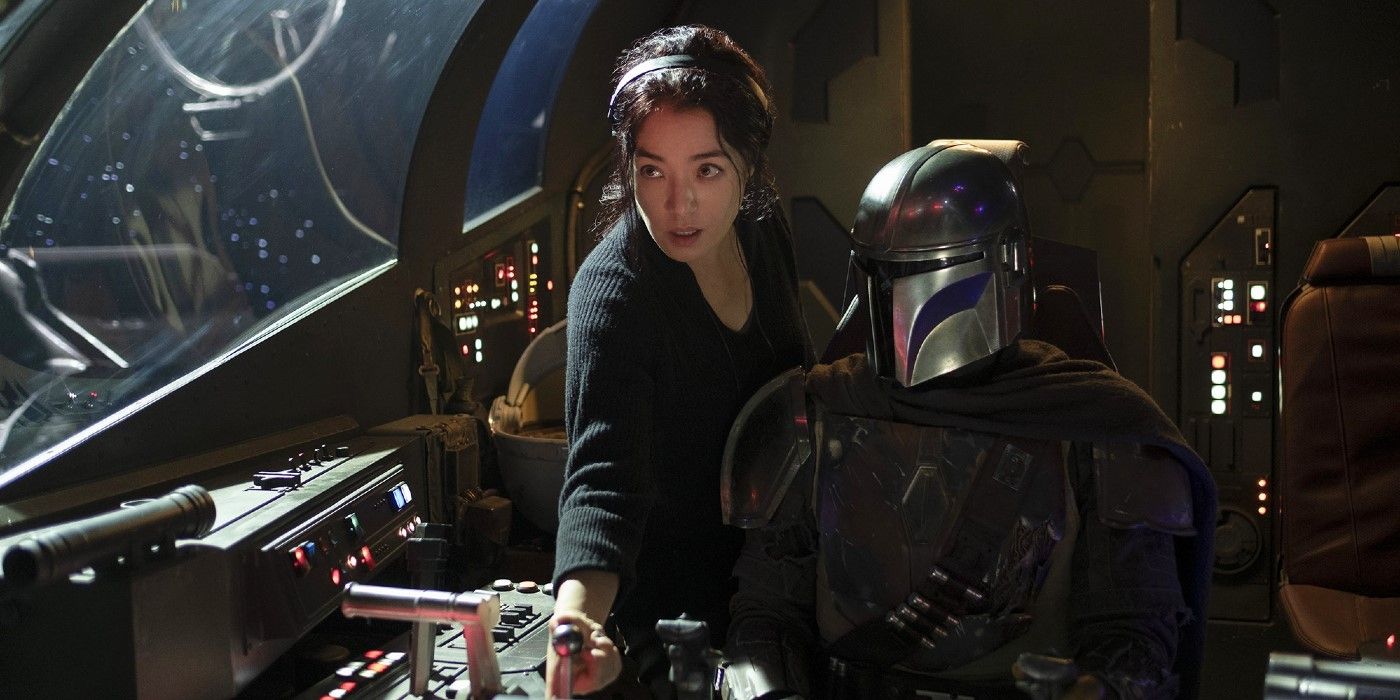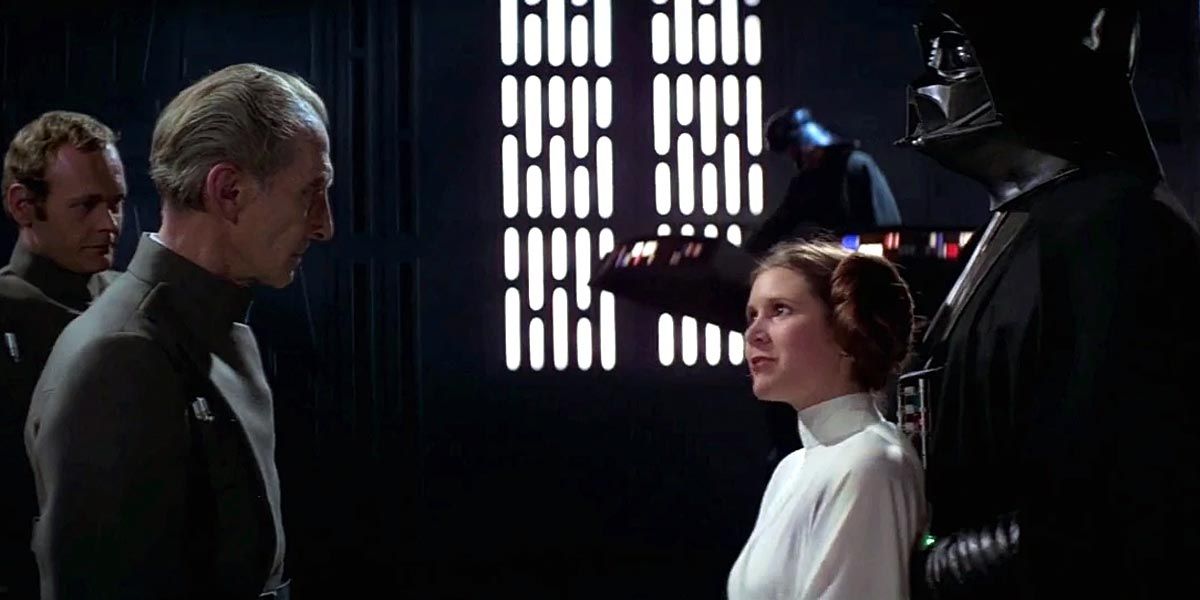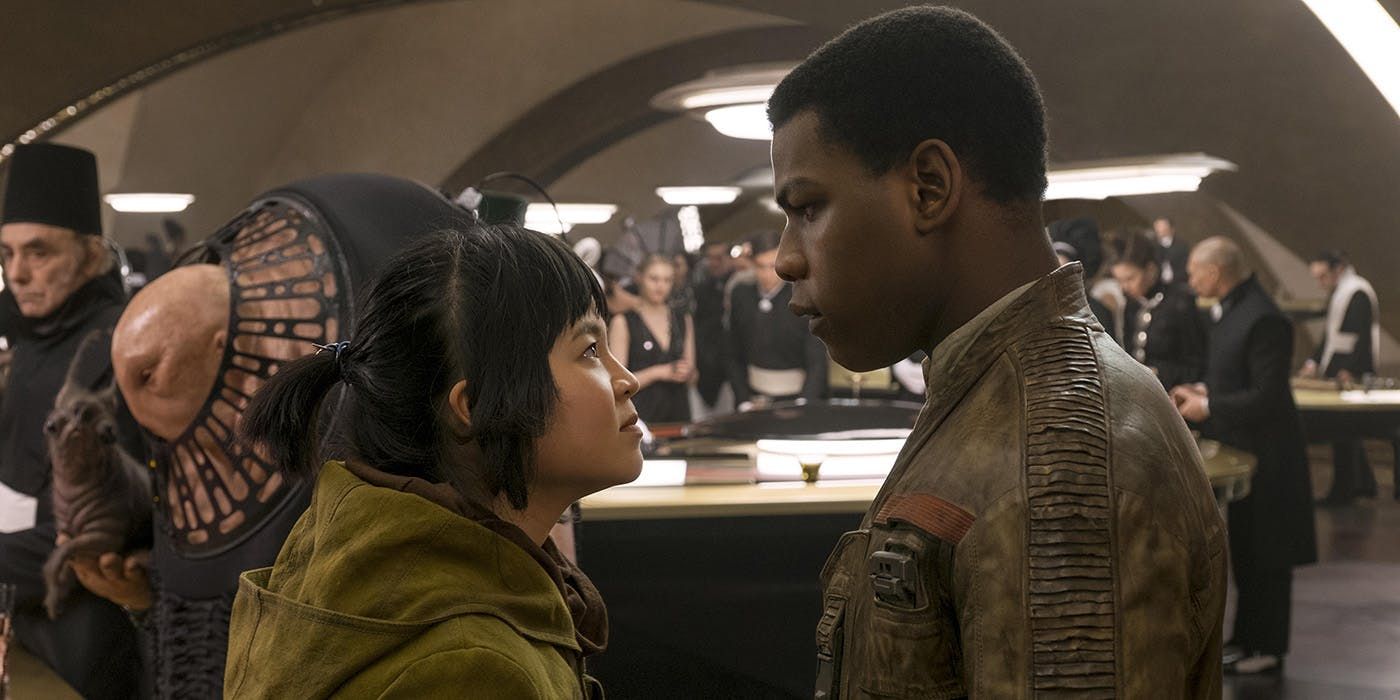Until very recently, the Star Wars galaxy has been largely a product of the minds of straight white men. There's nothing wrong with this on an individual level, of course. George Lucas and those who have followed in his footsteps can't help their identities any more than anyone else can. But in the grand scheme of the franchise, the lack of representation behind the scenes has resulted in regrettable missed opportunities and unforced errors. Disney and Lucasfilm have taken important first steps to correct the imbalance. Most episodes of The Mandalorian were directed by women and people of color, including Deborah Chow, Bryce Dallas Howard and Rick Famuyiwa. Taika Waititi, who helmed the finale, will become the first non-white person to direct a Star Wars film. That's progress, but if Star Wars intends to remain relevant (and any good) it's a trend that absolutely has to continue.
It's not fair to blame Star Wars in a vacuum. These have been and continue to be industry-wide problems. In the era of the Original Trilogy, only 16 women total were working as commercial film directors. According to the Center for the Study of Women in Television and Film, in the years since, women have made up (at most) only about 17-18 percent of directors, 15 percent of writers, and, shockingly, two percent of cinematographers. The numbers are even worse when it comes to race. Black directors had, by far, their best year in 2018, but still only represented 14 percent of the year's top 100 movies. For other racial minorities, those stats were in the low single digits, with female writers and directors of color having the hardest time breaking into the entertainment business.
Unrepresentative diversity behind the camera leads to unrepresentative diversity in front of it. In Episode IV: A New Hope, all of the dialogue is spoken by white characters. The strong presence of Carrie Fisher and James Earl Jones's voice might skew the audience's perception and make it seem less white and male than it is. One could argue that Fisher's multidimensional performance as Leia, as well as her uncredited script contributions, have gone a long way toward making Star Wars seem more revolutionary than it is.
Diversity on screen does improve with time, just not enough. As society grew incrementally more "woke" from the premiere of Episode I: The Phantom Menace to the premiere of Episode IX: The Rise of Skywalker, it seemed white male writers and directors of Star Wars were getting the message. The Phantom Menace is notorious for its problematic characterizations of Jar Jar Binks and Watto, and its shameful underdevelopment of Padme Amidala, but unlike A New Hope, it (barely) passed the Bechdel Test and introduced Mace Windu. The Sequel Trilogy appeared to have made huge strides in casting a female lead and a black actor in a large supporting role. But, in Episode VII: The Force Awakens, even with Daisy Ridley as Rey, Gwendoline Christie as Captain Phasma, and Fisher returning, only 28 percent of dialogue was spoken by women.
Rogue One has the distinction of being the most diverse Star Wars film, with Felicity Jones as Jyn Erso, and a supporting cast almost entirely comprised of non-white characters. However, it was still written and directed by straight white men, and so perhaps it's not surprising that here, too, about 82 percent of the dialogue is spoken by male actors, and 55 percent is spoken by white actors. Surely, the disproportionality is subconscious and unintentional, but the fact remains, it's apparently very difficult for women and minorities to achieve parody on-screen without first achieving it off-screen.
Star Wars (both the creative teams behind the franchise and the fandom) has faced critiques of sexism and racism before, especially in the unfortunate dust-up surrounding the character of Rose Tico, as portrayed by Kelly Marie Tran. Defenders will point to the fact that Kathleen Kennedy was handed the reins after Disney's acquisition, but despite her stellar record as one of the most successful and influential producers of all time, she's often an outsized target for unhappy fans' ire. It's curious that, as of late, the prevailing dissatisfaction with Star Wars movies seems to be that they either try too hard to replicate the originals or try too hard to subvert them. They're reactionary, but single-mindedly so, and from one all-too-familiar and dominant a perspective.
In contrast, fans both diehard and casual found The Mandalorian to be almost universally appealing. The show managed to seem fresh but sufficiently reverential to the Star Wars canon. The eight episodes of Season 1 were noticeably more cohesive than the three installments of the Sequel Trilogy. The racially and gender diverse characters -- Mando himself, plus Greef Karga, Cara Dune, Pelli Moto, Fennec Shand, Moff Gideon, The Armorer and others -- were well-rounded, with a fairer distribution of dialogue and screen presence, despite the much shorter run time of each episode compared to the films. This isn't by accident. The Mandalorian's pool of directors included three people of color and two women working in collaboration is undoubtedly the explanation.
In another corner of the galaxy, Star Wars is being written, and well, by women. Claudia Gray, E.K. Johnston and others have penned some of the most popular Star Wars books, featuring more diverse casts of characters than are represented in the movies, and Gray is on the Project Luminous team that will produce The High Republic. With Waititi's film and Season 2 of The Mandalorian forthcoming, Star Wars is doing better. But, Lucasfilm shouldn't just do better because it's the right thing to do. It's true that plenty of disenfranchised creatives would welcome the influx of opportunities. It's also true that plenty of fans would love to have more characters with which they could identify. Star Wars should strive for representative diversity in its production crews because doing so makes for a better, more authentic product.



